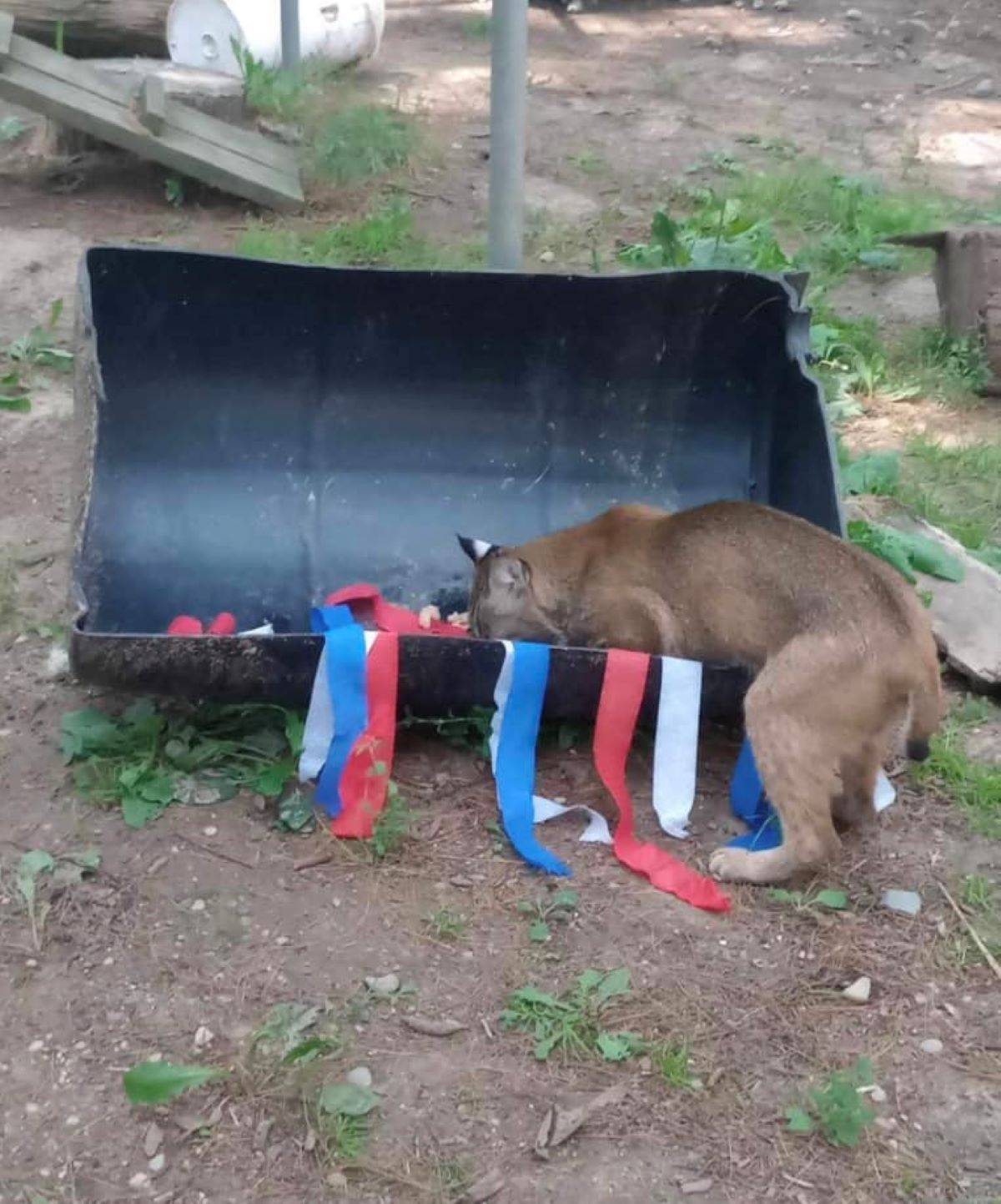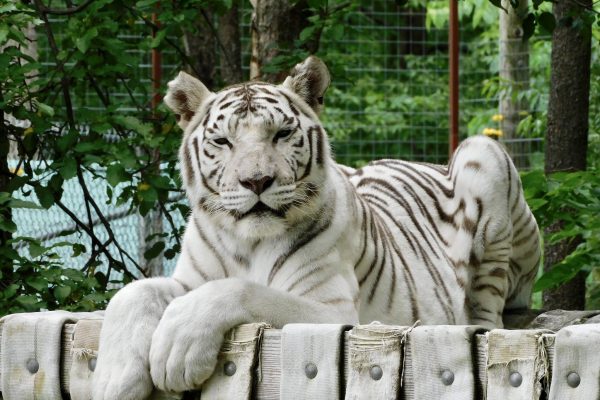
In the realm of animal welfare, the significance of animal enrichment cannot be overstated. For those advocating for the well-being of animals, be it in zoos or animal sanctuaries, the implementation of robust enrichment programs holds the key to nurturing the physical, mental, and emotional health of our beloved creatures. Today, we delve into the profound importance of animal enrichment, specifically focusing on environmental and behavioral enrichment. Additionally, we explore how individuals can lend their support to sanctuaries that embrace and practice these enriching principles.
Understanding Animal Enrichment: A Holistic Approach
At its core, animal enrichment is a holistic approach aimed at improving the quality of life for animals in captivity, ensuring that their existence transcends mere survival. Through environmental enrichment, animals are provided with an environment that mirrors, to the extent possible, their natural habitat. This replication serves as a springboard for animals to engage in instinctual behaviors, fostering physical and psychological well-being.
1. Environmental Enrichment: Emulating the Wild
In animal sanctuaries, the creation of a dynamic environment is paramount. Sanctuaries that embrace environmental enrichment strive to furnish spacious enclosures that cater to an animal’s specific needs. For instance, burrowing opportunities for small mammals or elevated platforms for primates are incorporated, allowing them to explore and exhibit natural behaviors.
Rich and diverse vegetation further enhances the sanctuaries, not only to provide nourishment but also to encourage foraging and exploratory behaviors. The presence of natural substrates, such as sand or soil, gives animals the freedom to indulge in digging, an activity so deeply ingrained in their nature.
The introduction of novel objects, puzzle feeders, or toys within the enclosures keeps the animals mentally engaged, alleviating boredom and thwarting the development of stereotypical behaviors. Every effort is made to avoid uniformity, as monotony breeds discontent.
2. Behavioral Enrichment: Mind Games for Well-being
Behavioral enrichment, the second pillar of animal welfare in sanctuaries, is geared towards stimulating an animal’s cognitive faculties and providing opportunities for problem-solving. Mental stimulation is just as crucial as physical exercise, promoting overall happiness.
Animal sanctuaries thoughtfully design activities that tap into an animal’s intelligence, encouraging them to strategize and adapt. Food puzzles, where treats are ingeniously hidden within contraptions that require manipulation to access, are a prime example. These challenges mimic the hunt for food that wild animals would undertake, satisfying their instinctual drive.
Supporting Sanctuaries with Enrichment Programs
For the compassionate souls looking to support sanctuaries that uphold the tenets of animal enrichment, numerous avenues await. Contributing to these endeavors not only fosters the well-being of animals but also reinforces the mission of compassionate conservation.
1. Financial Contributions: Fueling Enrichment Initiatives
One of the most direct ways to bolster animal sanctuaries is through financial support. Monetary contributions provide sanctuaries with the resources to implement enriching programs, purchase necessary materials, and maintain facilities in top-notch condition. Regular donations, be it small or large, cumulatively make a world of difference.
2. Donations of Enrichment Items: Enlivening the Environment
Sanctuaries often have wish lists of items that can enrich the lives of their residents. These might include toys, puzzle feeders, or natural materials like logs and branches. Donating such items directly contributes to the well-being of animals and ensures they receive the best care possible.
3. Volunteering: Hands-On Enrichment
For those seeking a more immersive experience, volunteering at sanctuaries provides an opportunity to be directly involved in enrichment activities. Assisting in the creation of enriching devices, hiding treats for animals, or engaging in interactive play can forge deep connections between humans and animals.
4. Spreading Awareness: Advocacy for Enrichment
Raising awareness about the importance of animal enrichment is an essential aspect of supporting sanctuaries. Utilize social media platforms, engage in discussions, and participate in campaigns that highlight the positive impact of these programs.
In conclusion, animal enrichment is a cornerstone of animal welfare in sanctuaries, ensuring that residents can lead fulfilling lives despite their captivity. Environmental enrichment grants them the freedom to express their innate behaviors, while behavioral enrichment nourishes their intellect. By supporting sanctuaries that prioritize enrichment initiatives, we pave the way for a compassionate and harmonious coexistence with the animal kingdom. Together, we can build a brighter future for these precious creatures.






